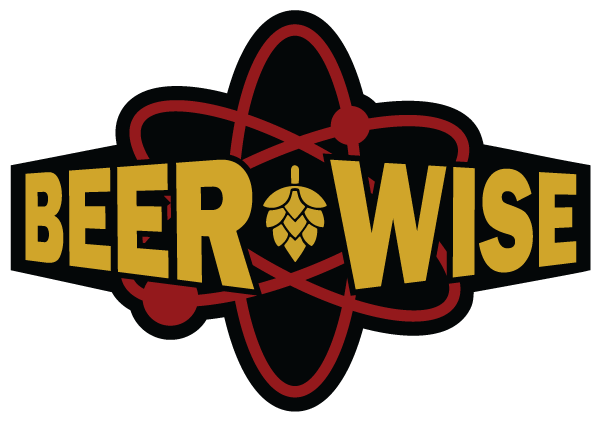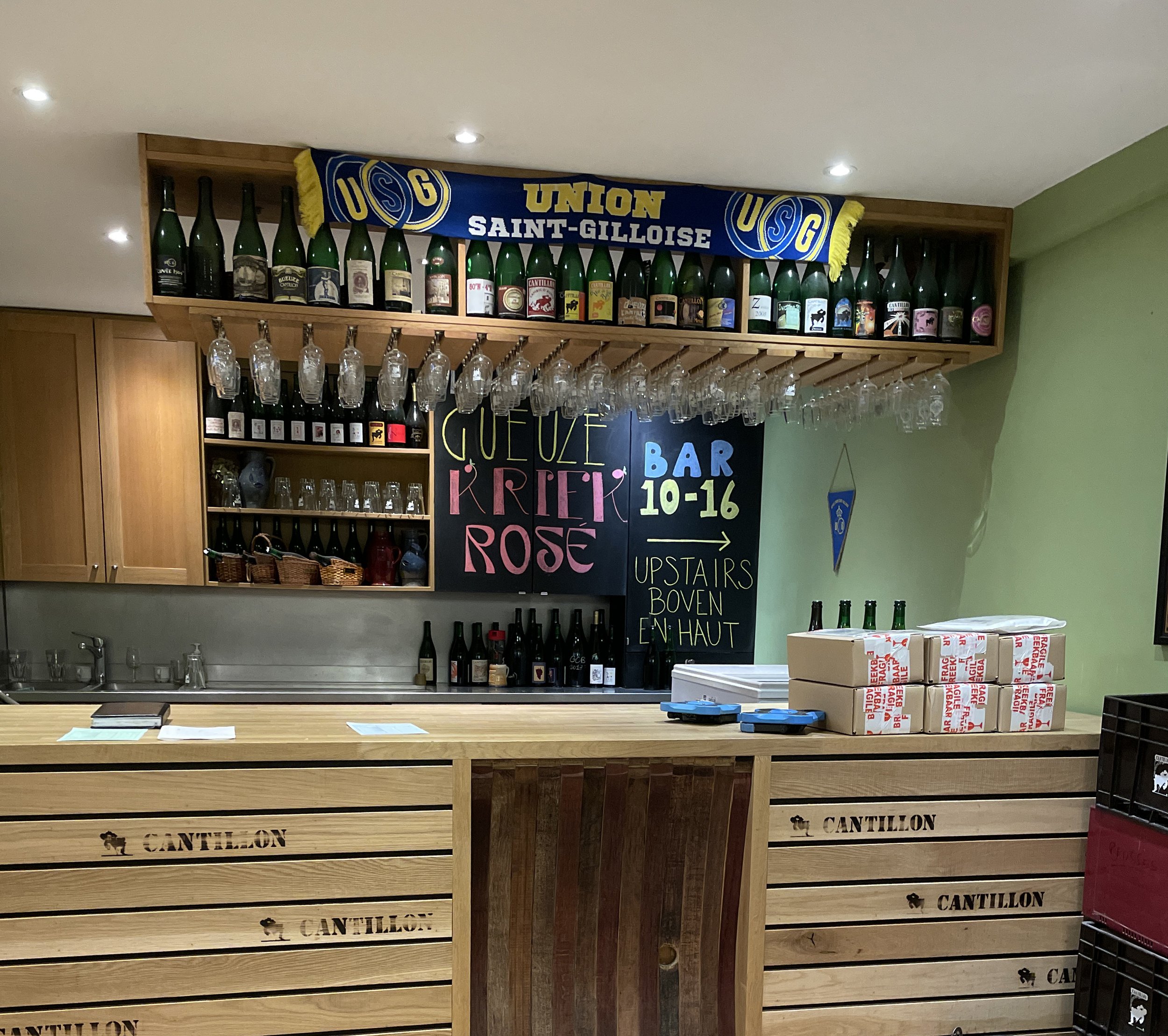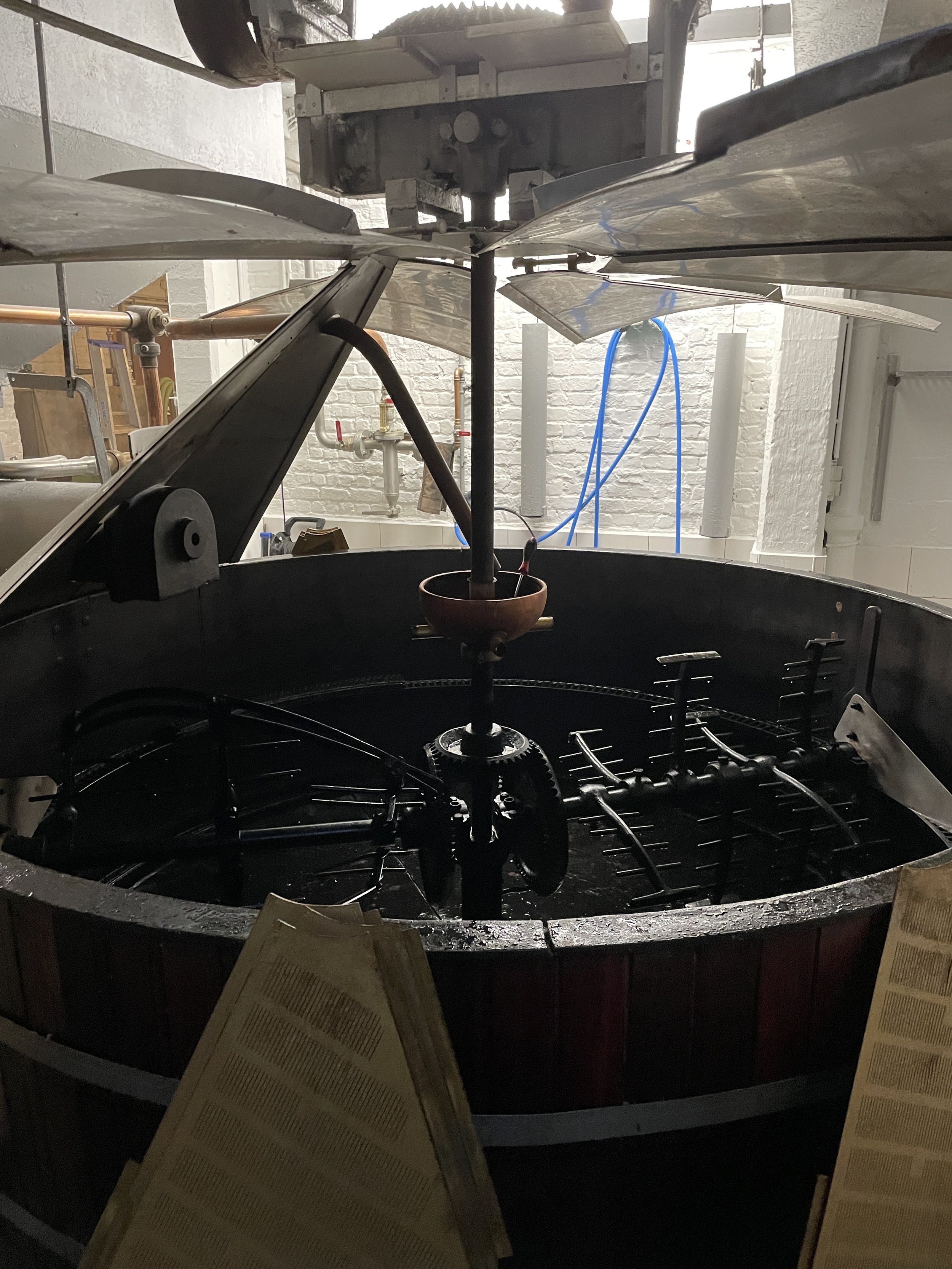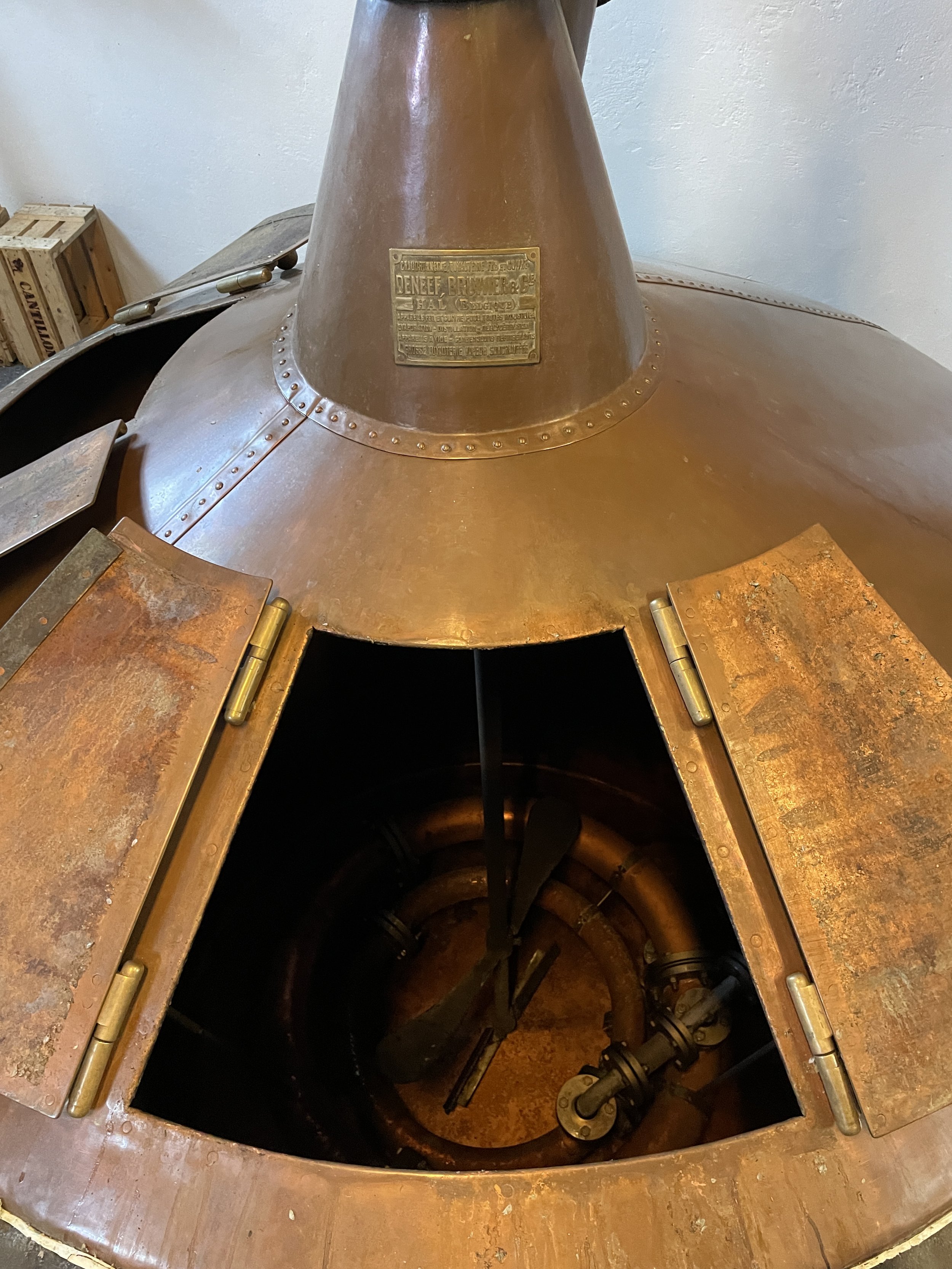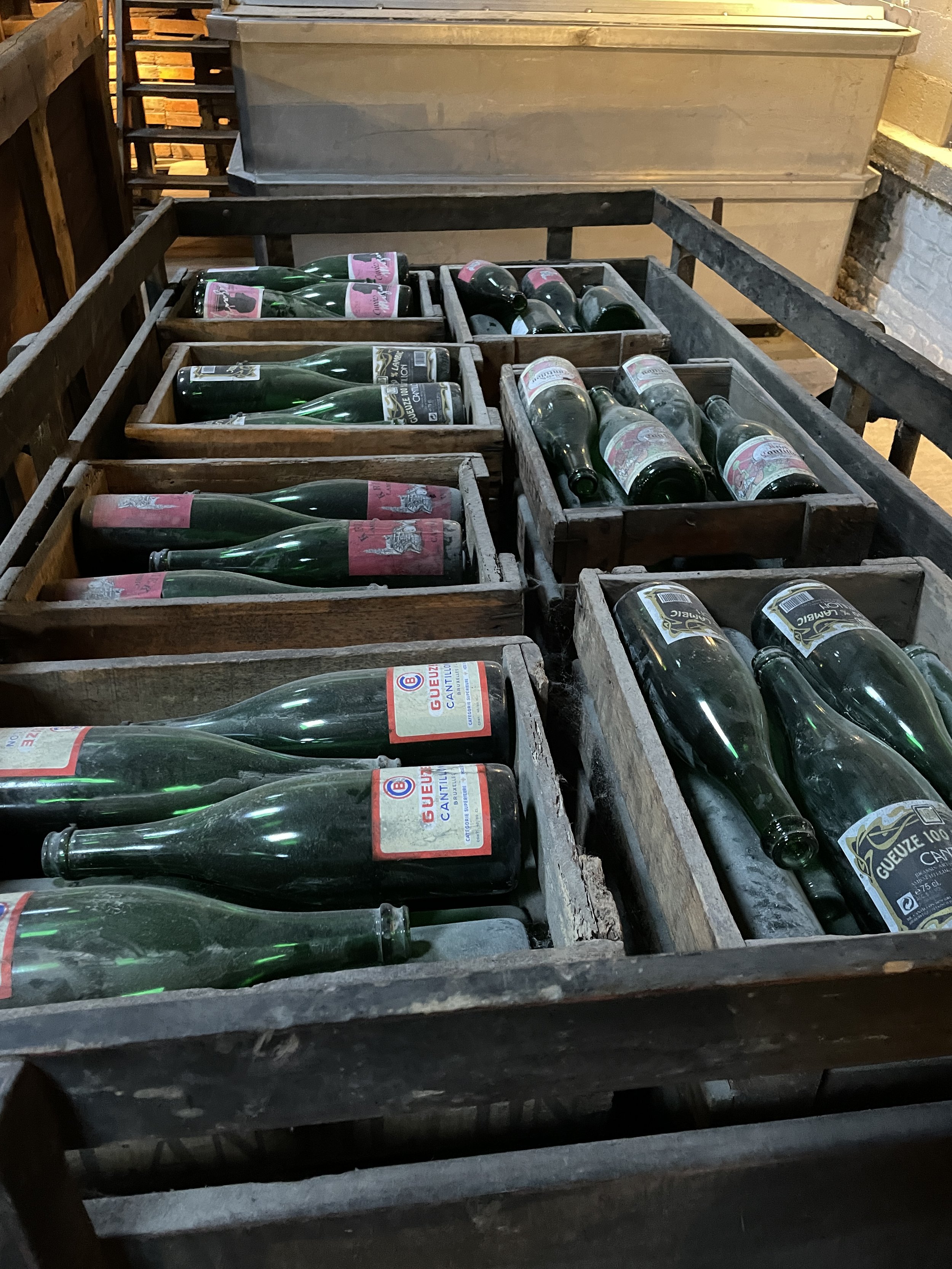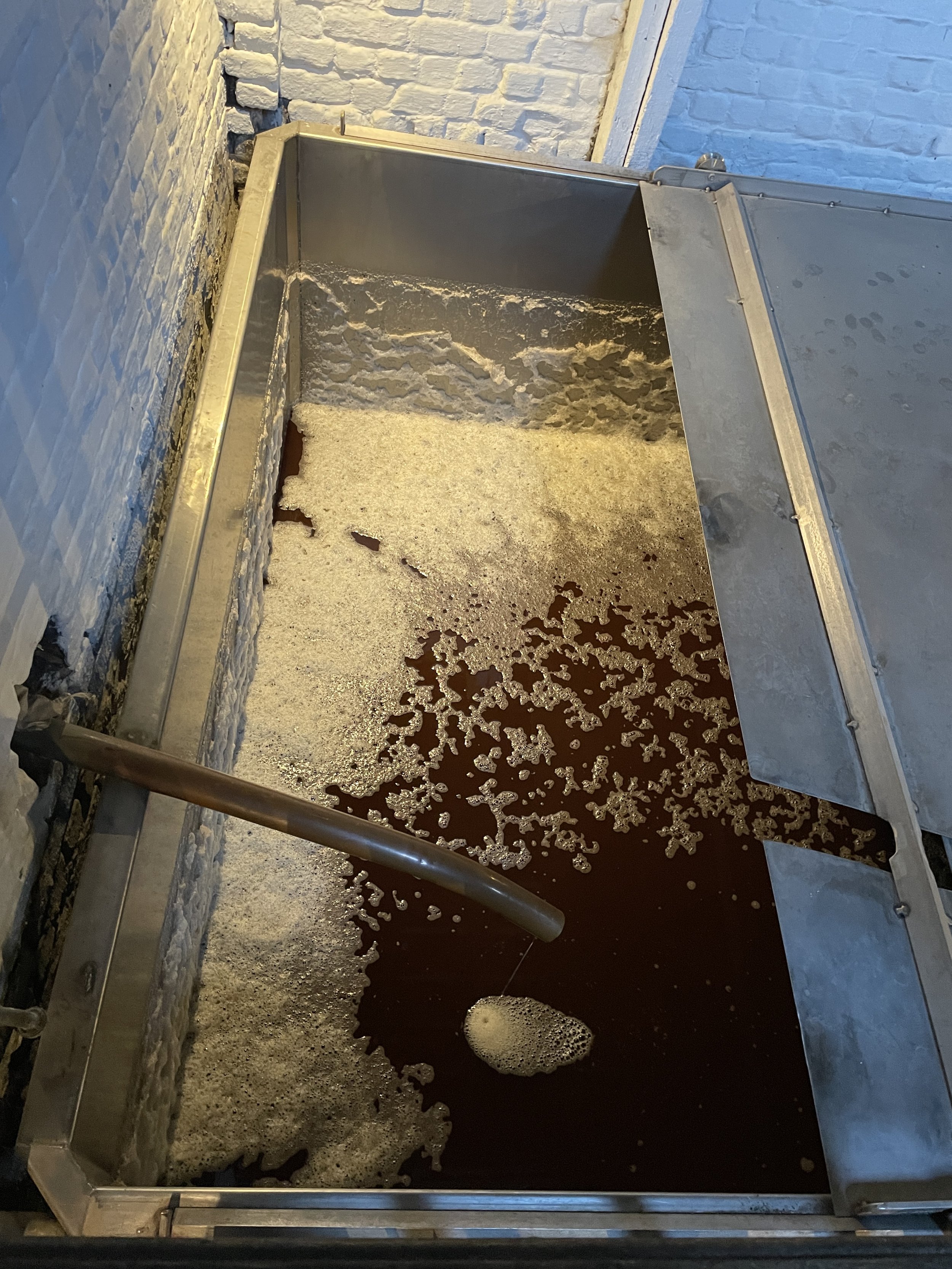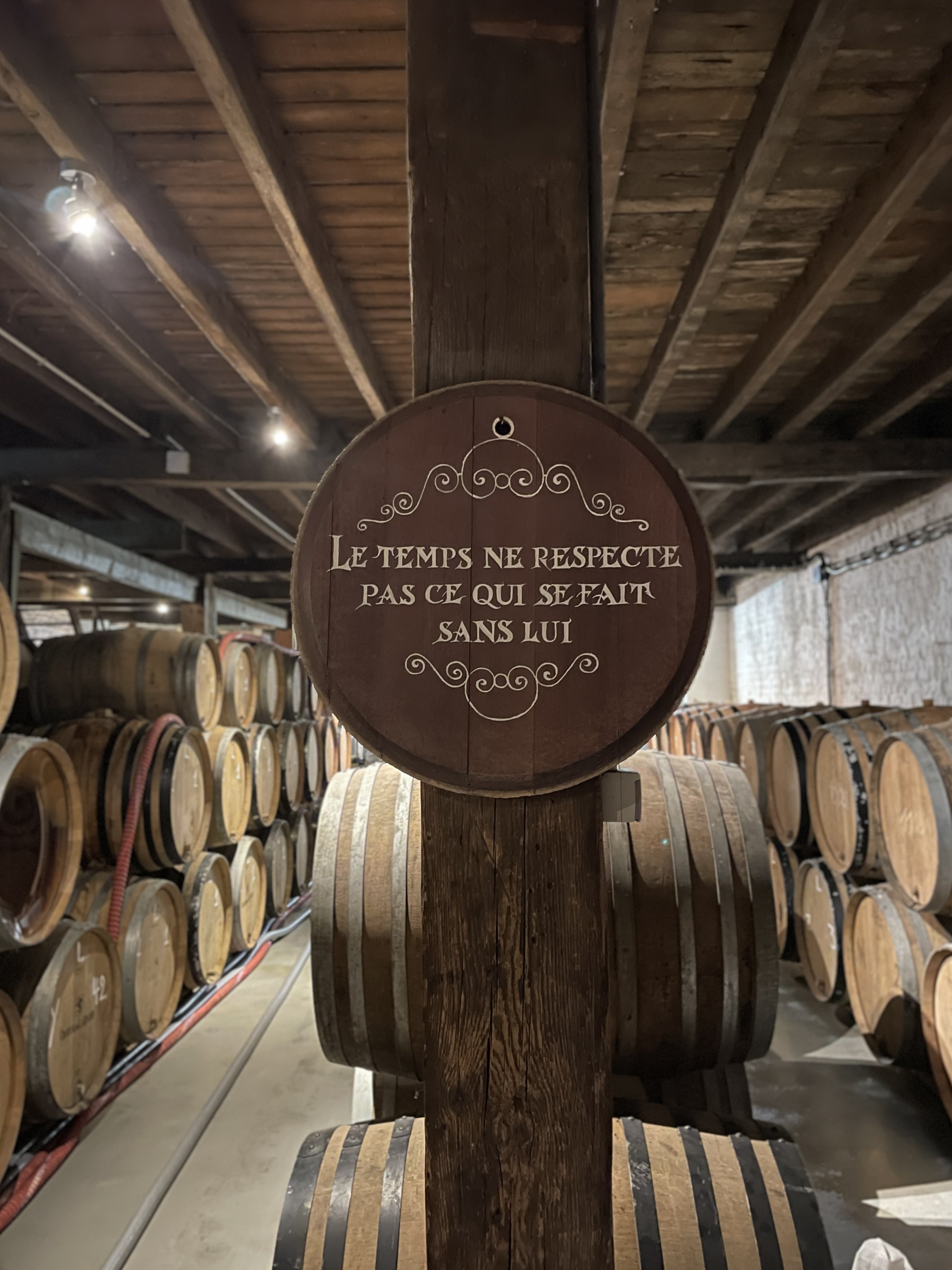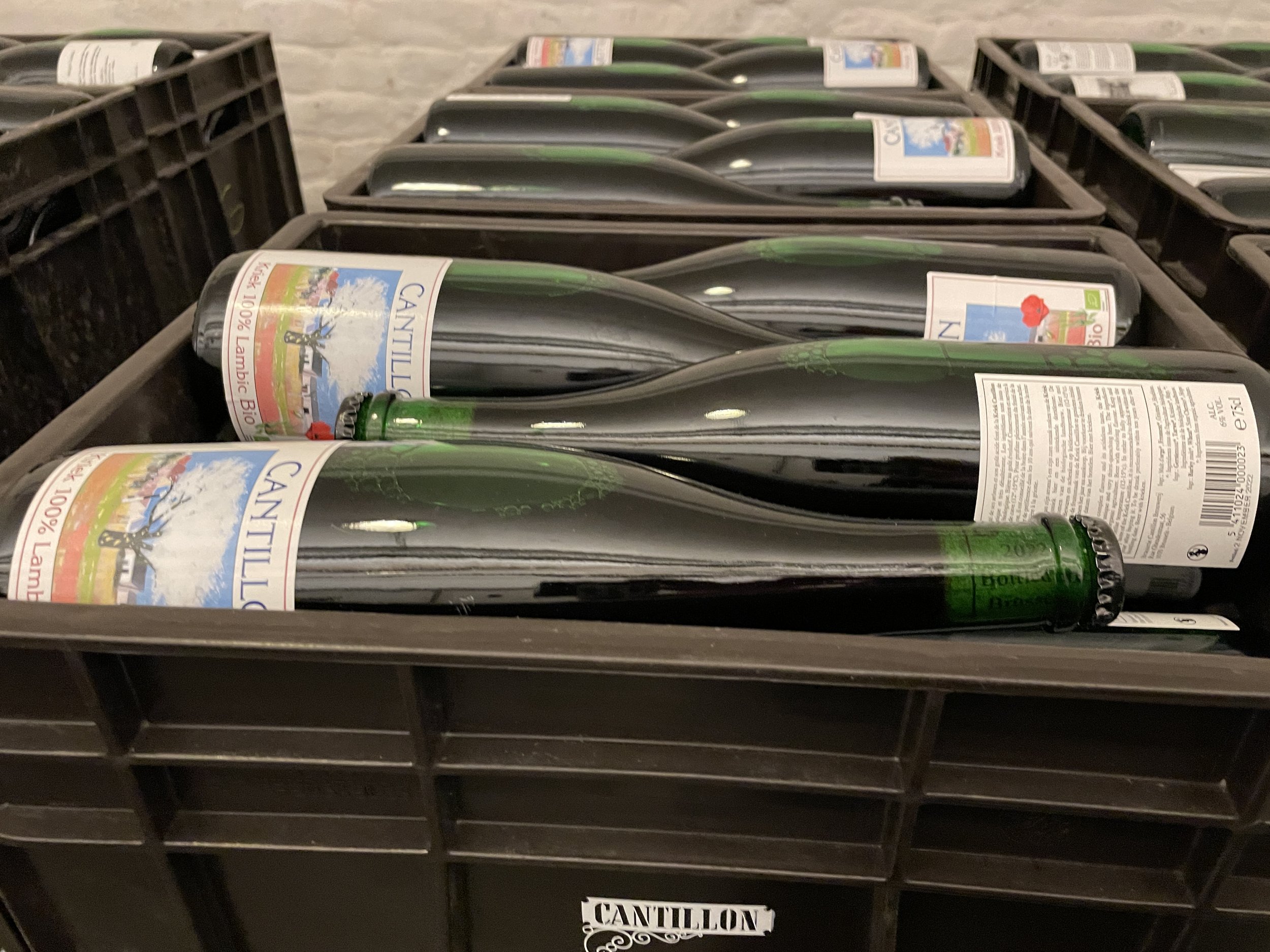Beer Travel: Visiting Brasserie Cantillon – A Pilgrimage
For most of those who love sour beers, one brewery in the world generally regarded as the best crafter of traditional sour beer, or lambic. Nestled in Anderlecht in Brussels, Belgium, Brasserie Cantillon sits about halfway down Rue Guede with obvious markings leading to the main entryways – an otherwise camouflaged path to one of the most highly-regarded breweries in the world.
Visiting Brasserie Cantillon and the Brussels Gueuze Museum
Brasserie Cantillon was founded in 1900, and in 1978, the Brussels Gueuze Museum began as a way to keep Brasserie Cantillon from bankruptcy. While spontaneously fermented beers are considered an artisanal wonder, they have not always been so. Brewery owner Jean-Pierre Van Roy would say that in the past, he had to break down doors to sell his beer, and now people are besieging Cantillon Brewery just to buy a bottle.
The mission of the brewery-and-museum is to educate the public about spontaneously fermented beer.
The Path to Lambic Adventure Awaits
If visiting for a true brewery tour and experience, then the brewery/ museum has a self-guided tour with a booklet where visitors can walk around the brewery to several numbered tour stops that explain what is happening in individual rooms or areas of the brewery.
If visiting for an abbreviated experience to go directly to the tasting room, then that option is available, too.
What makes Cantillon unique – the fifth ingredient
Brasserie Cantillon is a self-guided tour, so brewery staff might be moving beer around, caring for barrels, or even brewing, depending on time of day and time of year.
In a world increasingly modernizing and trying to be more effective and efficient, Brasserie Cantillon reminds the visitor that some artistry cannot be rushed and will be ready when it’s ready. Brewers can rush a beer past the proverbial finish line in a matter of days and the beer can be passable. At Cantillon, beer takes literal years before its ready, and the beer is better for it.
Cantillon shows the effect of the fifth ingredient in beer. All beer has malt, water, hops, and yeast. While Cantillon has fruit in many of their beers, the ultimate difference maker in their beer is time. Time cannot be hurried along by man or sped up by science. Time will impact the beer as it will and the drinker will just have to wait.
The tour begins with a walk by the merch line and an auxiliary bar. Many breweries have functioning brewing equipment, but Cantillon’s is much older. Stop by the copper-lined mash tun or the boil kettle and these vessels seem the same as other more modern variants, but they have experience.
The sign
In the middle of Cantillon’s barrel cellar is the sign. In French, it reads, “Time does not respect what is done without it.” In beer, as in life, it’s the work and the effort combined with the patience that earns the greatest reward.
Visiting the brewery and seeing the sheer amount of effort and will that goes into a batch of this unique beer, let alone a bottle, makes the cost seem like a small matter. If the saying is “time is money” then it is no wonder a bottle of this precious liquid commands so high a price. In the United States, it is not uncommon for a bottle of Cantillon’s beer to fetch 30, 50, even 60 dollars, depending on the year and the rarity of the bottle. In the case of this November visit, one bottle of 50N 4E, a lambic aged in cognac barrels named for the geographic location of the brewery, costs $20. That bottle could fetch over $100 in a private sale in the U.S., but despite demand, the Van Roy family sells the beer for a fair price – just not a lot of the beer. According to the brewery tour book, “19th-Century equipment continues to be used to produce an average of 2500 hectoliters (66,000 gallons or less than 2,100 barrels) of beer each year.” For comparison, Samuel Adams and Yuengling produce approximately 6 million barrels of beer each year. 2,100 barrels of beer is smaller than many breweries who only produce beer for their local taproom and small distribution.
The cellars
Before a bottle of lambic can be sold, it must be deemed ready by the brewer. For many batches, this readiness comes at the price of months to years in the cellar, maturing until it is ‘just right’ to go out into the world.
Fermentation may start after weeks, but continued fermentation continues for up to 3 years. A barrel of lambic can lose up to 20% of the original liquid, and lambic brewers don’t top off their fermenting barrels. Like the sign says – time must do its work, as these beers are incredibly complex and the natural processes can’t be rushed or cheated.
The cellar at Brasserie Cantillon can hold up to 13,500 bottles and on average stores about 80,000.
Emerging from the cellar
Emerging from the tour at Brasserie Cantillon is like emerging from a bygone era. The modern world is in such a frenzy that it seems almost unfathomable to wait three years for a beer to finish its fermented journey. That is undoubtedly why Cantillon’s bar and tasting room is just up the stairs from the end of the tour – tasting is believing. The patience and attention to detail paid in the making of these beers emerges in every nuance and crevasse in the flavor profile. Mind-bendingly deep and complex, each beer from Brasserie Cantillon has a style all its own. It seems only fitting to end the tour by sampling the wares that this generational brewery crafts. Served in a basket so not to disturb some of the natural sediment in the bottle, all of the attention paid to all of the details in the creation of these beers give them some of the most unique aromas and tastes in the world of fruit beer.
